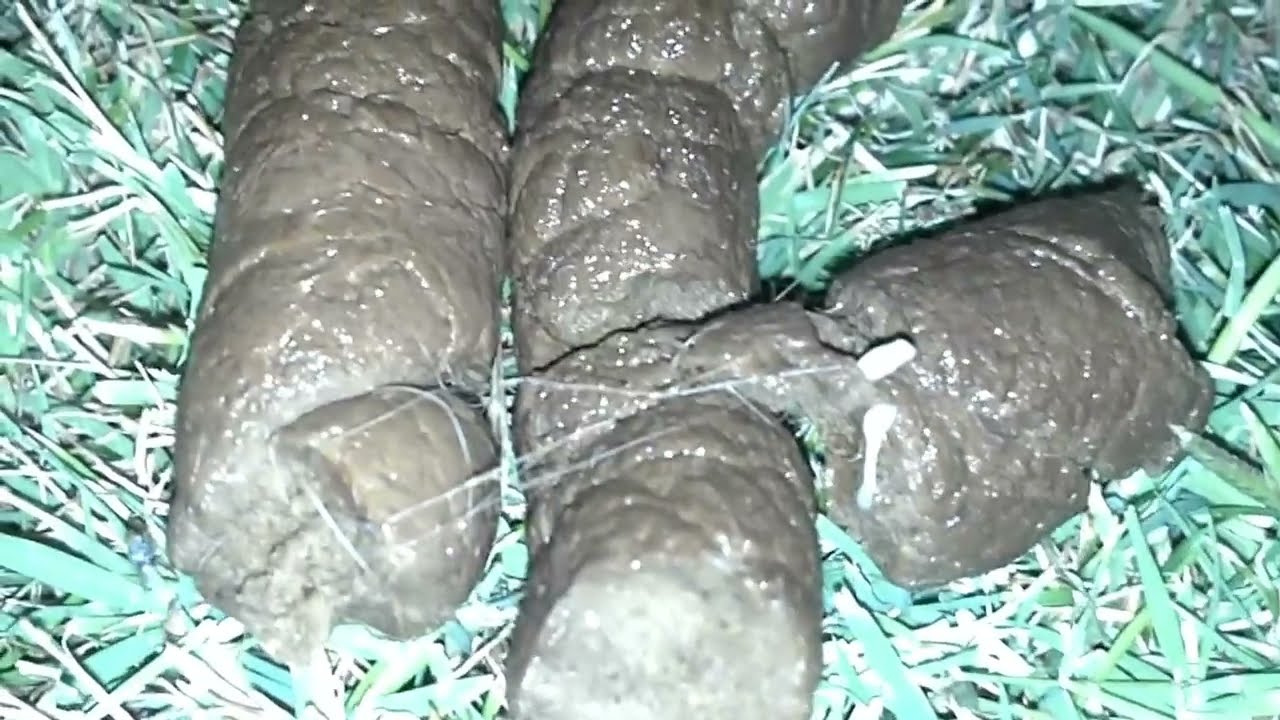


The puppies can be infected either while still in the mother’s body or after they are born, through her milk. These encysted roundworm larvae can remain dormant for the rest of the dog’s life-unless the dog is a female and becomes pregnant, at which time the larvae reactivate and are then passed to her puppies. If a dog has ever had roundworms, a number of dormant (“encysted”) larvae can remain in body tissues, even if the dog was treated and the adult worms eradicated. Here’s how this happens: The canine roundworm has unfortunately evolved a very efficient way to propagate itself.

It’s very common for puppies to be born with roundworms, as the larvae are often transmitted from the mother just before birth or through nursing. Younger dogs are especially vulnerable to roundworms because their immune systems are not fully mature yet and they aren’t able to fight off the adult worms as effectively as an adult dog can. The worms can cause malnourishment, which can be especially of concern in a small puppy. ( Joel Mills /Creative Commons)Īdult roundworms live in the dog’s intestinal tract, where they feed on partially digested food. The canine roundworm Toxocara canis can be up to several inches long. Toxocara canis causes more serious disease and can be transmitted to humans. There are two main species of roundworms affecting dogs: Toxocara canis and Toxascaris leonine.Almost all dogs have roundworms at some point in their lives-most often in puppyhood. Roundworms are extremely common parasites in dogs.


 0 kommentar(er)
0 kommentar(er)
